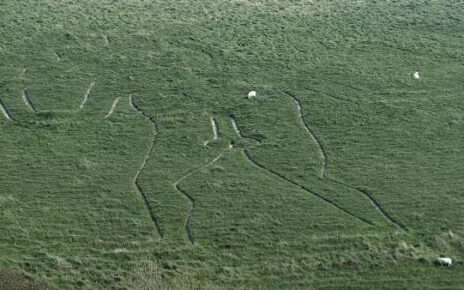In an effort to improve the reporting of missing and murdered Indigenous people, the FBI has released a list of Native Americans that have been confirmed to be missing throughout the Navajo Nation and New Mexico. The list currently includes the names and photos of more than 170 Native Americans and will be regularly updated to increase the transparency and accountability of these efforts.
“Every missing person is important. For a long time, the issue of missing Native Americans has been in the news, and a lot of people have been wondering if anybody is paying attention,” Raul Bujanda, Special Agent in Charge of the Albuquerque FBI Division, said in a press release. “I am here to assure you the FBI has been paying attention, and together with our partners, we are taking a significant step towards justice for these victims, their families and communities.”
The New Mexico Department of Public Safety is the first U.S. agency to revise its National Crime Information Center Missing Person Form to allow agencies to identify Indigenous people and their respective tribes, pueblos, or nations in their reporting.
According to data from the Bureau of Indian Affairs (BIA), Native American and Alaska Native murder, rape and violent crime rates are all higher than the national averages. A 2016 National Institute of Justice study found that more than four in five American Indian and Alaska Native women (approximately 84.3 percent) have experienced violence in their lifetime, including 56.1 percent who have experienced sexual violence.
Moreover, approximately 1,500 American Indian and Alaska Native missing persons have been entered into the National Crime Information Center throughout the United States. Approximately 2,700 cases of Murder and Nonnegligent Homicide Offenses have been reported to the federal government’s Uniform Crime Reporting Program. However, the BIA estimates that about 4,200 missing and murdered cases have gone unsolved.
Many activists have criticized law enforcement agencies for inadequate reporting and identification in the lack of data on missing and murdered Indigenous people (MMIP). According to the BIA, researchers have found that Indigenous women are often misclassified as Hispanic, Asian, or other racial categories on missing-person forms, and thousands have been left off federal missing-person reports.
Records of missing Indigenous people are often outdated or incomplete, and advocates say the reported number of missing people doesn’t capture the full scope of the MMIP crisis because “law enforcement agencies do a poor job of maintaining complete, accurate records of the data on these cases.”
It took FBI officials close to six months to create this list by combining and validating different databases of missing Indigenous persons in New Mexico. The list also includes missing Indigenous people within the Navajo Nation, which crosses into New Mexico, Arizona and Utah. The FBI plans to update the names monthly, according to a press release.
The FBI reportedly received information and support from the Navajo Nation, Native American pueblos and local law enforcement.
If a missing Indigenous family member is not included in this list, relatives are urged to contact their local or tribal law enforcement agency and ask them to submit a missing person report to the National Crime Information Center. Family members can also contact the New Mexico Attorney General’s Office or the FBI for further assistance.
“We intend to find answers and justice for these women and families in our community,” Jason R. Bowie, Secretary of the New Mexico Department of Public Safety, said to ABC News. “For generations, a disproportionately high number of missing and murdered Indigenous women and relatives have gone unreported. We resolve to address and prevent further tragedy in our state; everyone deserves to feel safe in their neighborhoods.”
Source: Read Full Article

